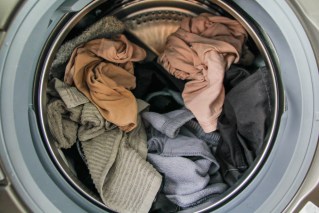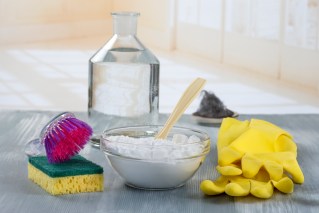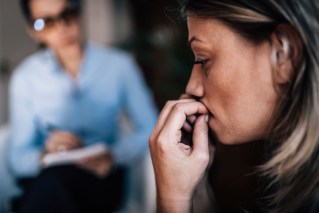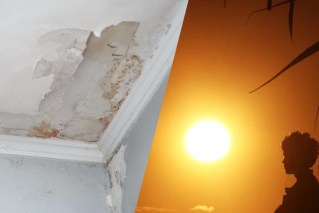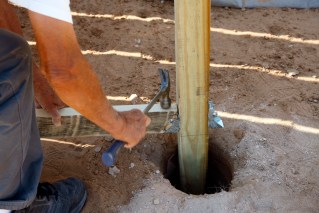Most Australian homes won’t stand the test of time

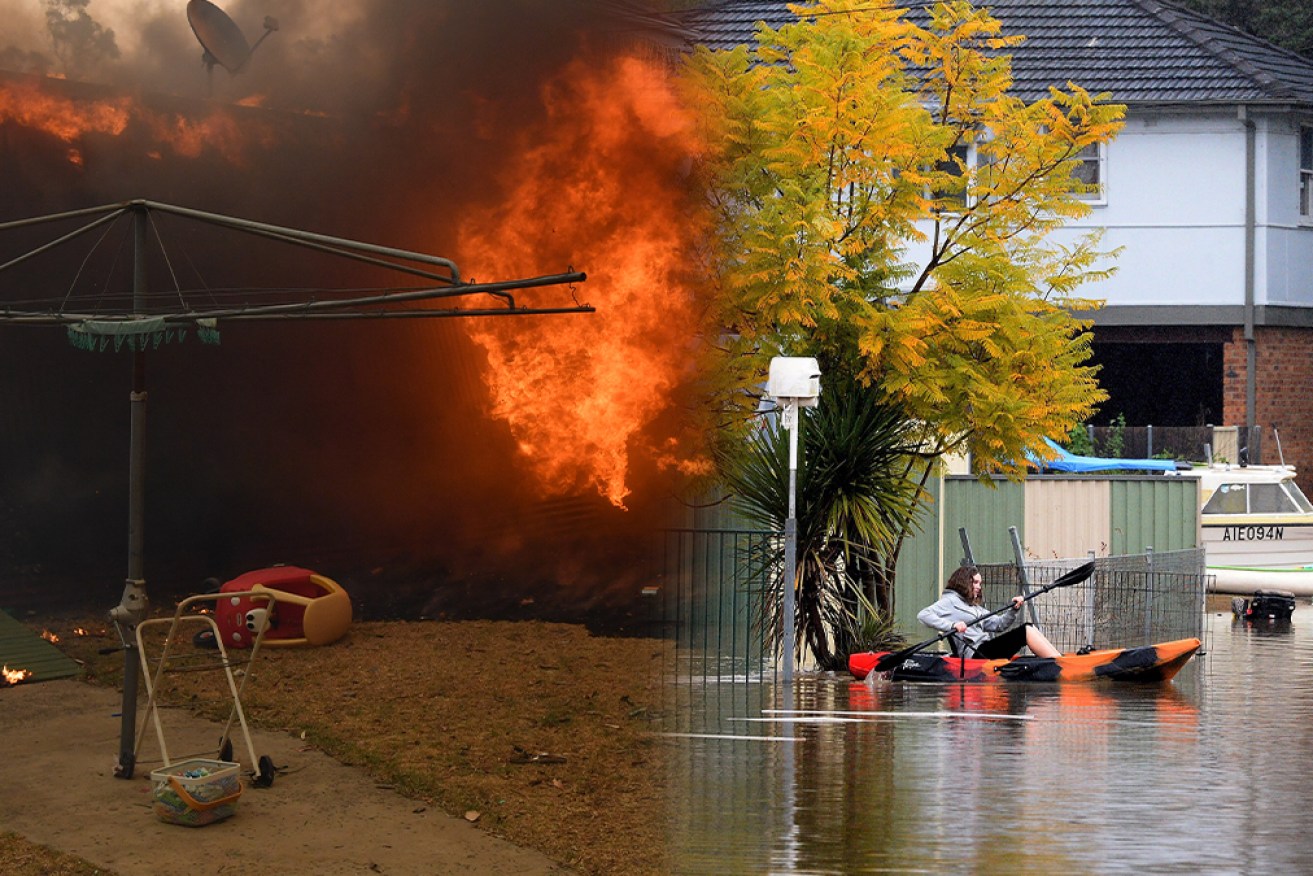
Most homes are not built for the weather extremities in Australia, and climate change will only exacerbate the problems. Photo: AAP/Getty
The reality is many of those houses – and those still standing or under construction – are not fit for the current climate, let alone a future that is driven by climate change.
Not only should we be considering where our homes are built, but also how they are constructed, senior lecturer at RMIT’s School of Property, Construction and Project Management, Dr Trivess Moore said.
We need to consider whether the design will enable the structure to withstand extreme weather, Dr Moore said.

Most homes in Australia cannot withstand extremities, like floods and fires. Photo: Getty
“We know that the quality and performance of existing housing but even new housing being constructed is not suitable for the current climate or the changes into the future,” he said.
“It’s not just about how does your house perform in the middle of summer; now it’s how is your house going to respond in a flooding event?” Dr Moore said.
“Having more requirements to think about that through the various local planning schemes, I think it’s going to be important.”
Data is out of date
“To do that we need to ensure we’ve got the best evidence around those risk factors moving forward and we need to shift from using current or historic climate data to that future climate data to drive these decisions.”
Dr Moore said changes to the Construction Code are using current climate data, but even that has its limitations. Instead, he argued, we need to be using future climate data.
When there’s talk around building more sustainable homes, it often comes down to the question of who will pay the price.
People who can afford to do so may just move out of a flood zone, but that isn’t an option for everyone – and if there are no other options, it will just create more challenges, not just for individuals but the wider community.
Some people simply cannot afford to take out insurance on their home.
Who pays?
Changes or requirements to improve housing quality, performance and sustainability should not push the burden onto those vulnerable households who won’t be able to engage or deliver, he said.
“So we really do need to make sure that this isn’t just a future pathway for those who can afford it,” Dr Moore said.
“And we need to make sure that this is something where the costs are spread across the society and I think that there are a number of things that the government can do to try and address that.”
There are things happening in terms of providing access to people who need financial assistance, like retrofit subsidies made available by state governments around Australia, he said.

Many Australians cannot afford to insure their homes. Photo: AAP
“We need to try and scale up so we’re doing not only just one retrofit activity, but you’re doing a whole collection of things to really get that significant benefit,” Dr Moore said.
Part of the problem is not having a well-established retrofit or resilience industry in Australia that gives people the information they need.
People building a home may have to reach out to five different tradespeople, where we probably need “almost a one-stop shop type situation” to get what you need in terms of resilience.
Red flags to look out for
Everyone’s circumstances and their access to resources are different, but there are a few things that should be considered when buying or building a home.
In terms of thermal performance, people should check for cracks and gaps around doors, window, even floors.
Cracks and gaps make it hard to maintain a good thermal comfort level, that is houses get too cold or too hot.
“Things like single glazed windows, which we know are one of the really significant weak points in terms of building performance,” Dr Moore said.
“It’s the lack of insulation in the ceiling, walls and under floor and even where there is insulation installed, if it’s not installed properly and to the edges and all these types of things there can still be significant implications for performance,” he said.
Also, if you notice portable heaters around the home during an inspection – run, it’s probably a good indication the heating system isn’t that great.
Orientation of a dwelling can also be problematic; if you’re just getting afternoon sun, the home could then become a sauna, which is less than ideal during a heatwave.
Potential buyers looking at an existing house could get a Scorecard assessment to help make an informed decision and look out for “red flags” during an inspection.
Making a house liveable
One way to improve a home’s liveability includes good quality curtains or blinds, which can make a huge difference, Dr Moore said.
Vegetation can be used to cool the home in summer or allow sun to shine through in winter, he said.
Dr Moore said there are resources out there people can use, such as the Australian Government’s Your Home website or Renew which gives people information about living sustainably.

